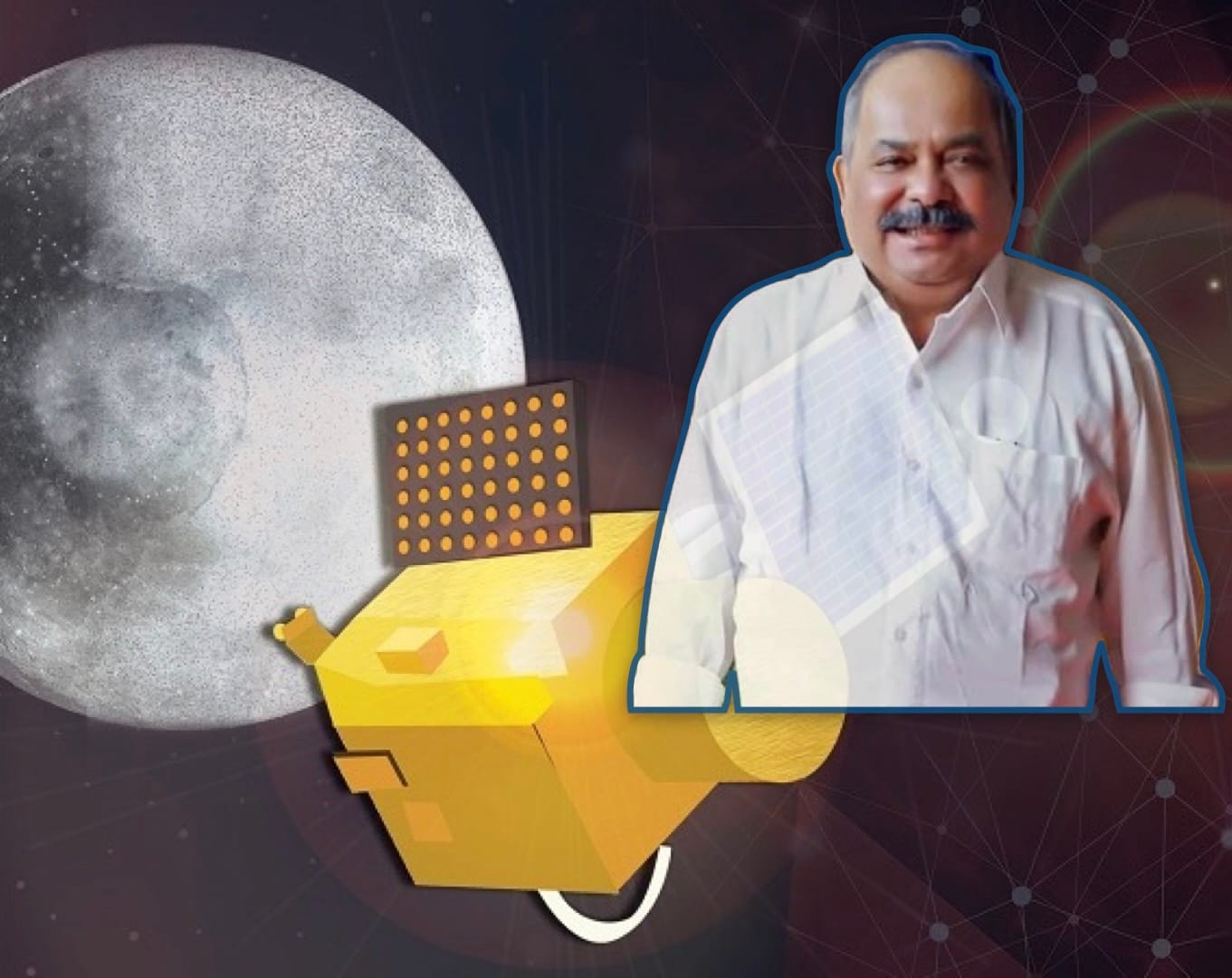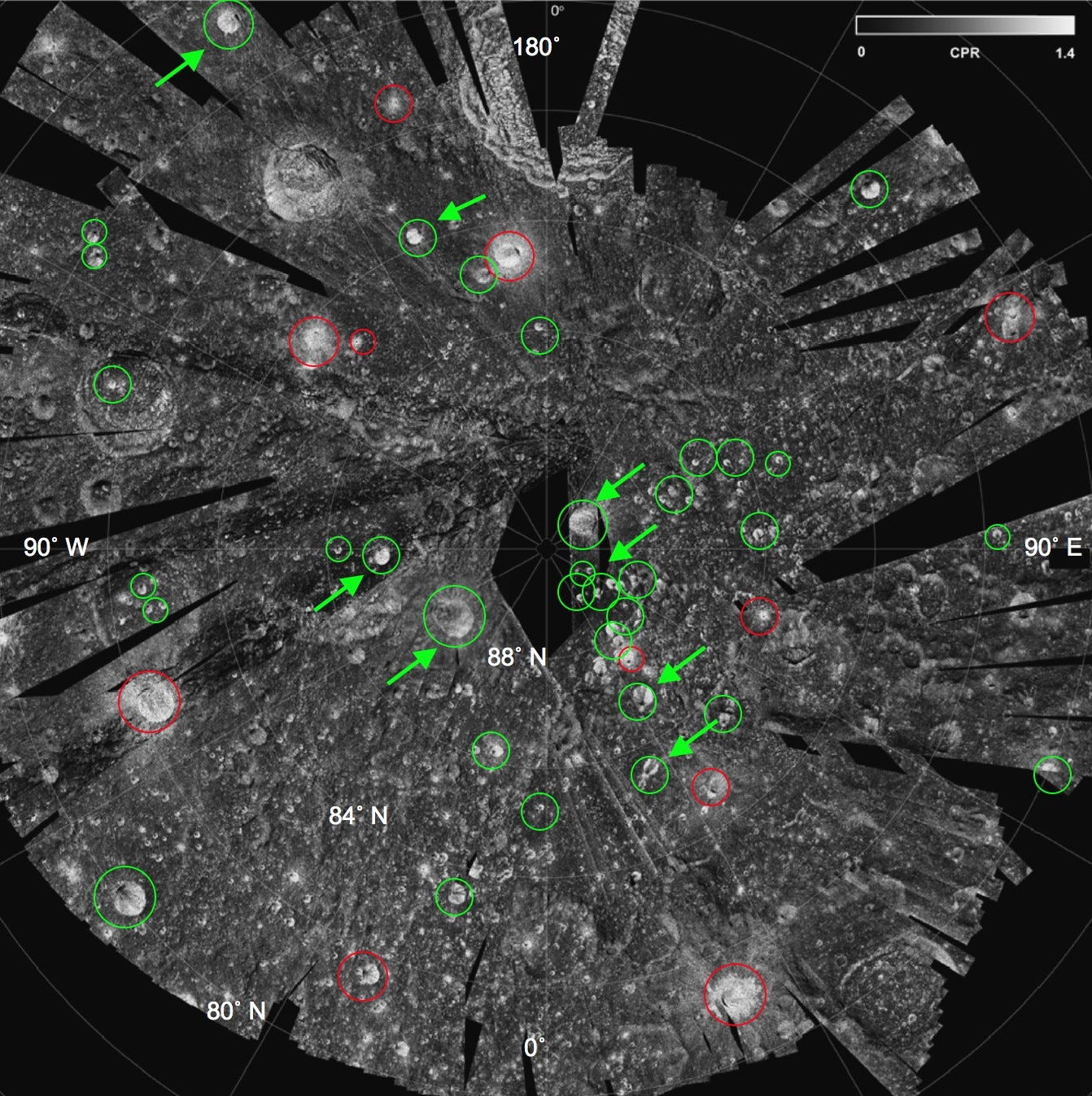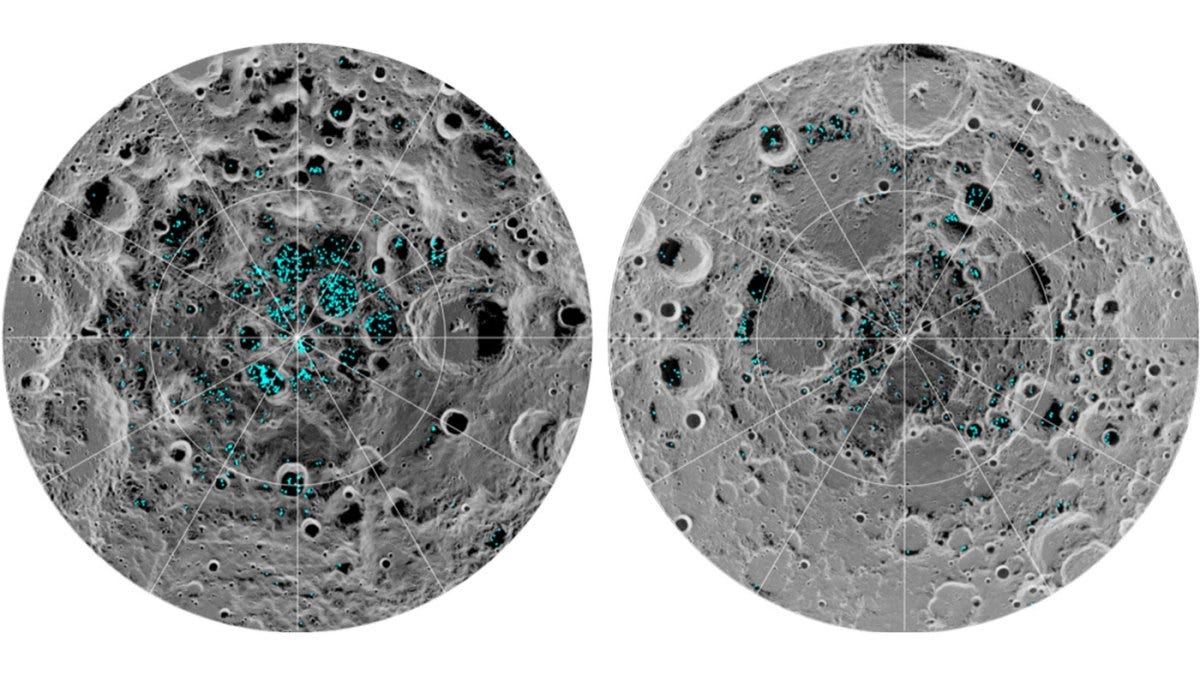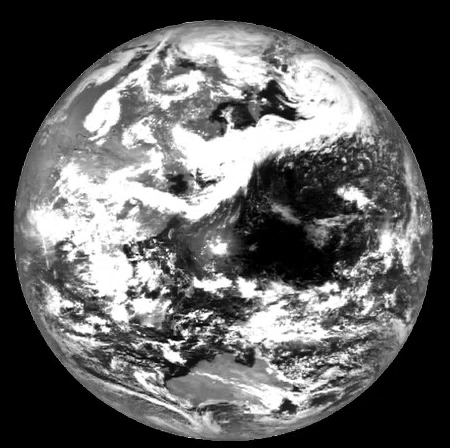Mission Director of India’s Chandrayaan 1 lunar orbiter has passed away

Today (June 14), Srinivasa Hegde, Mission Director of India’s first lunar orbiter Chandrayaan 1, passed away. Among its many unique feats, Chandrayaan 1 discovered water on the Moon, which encouraged many nations worldwide to explore our cosmic neighbor, and also catalyzed NASA—a key partner on the mission—to plan returning crew to the Moon with Artemis.
Srinivasa Hegde worked at ISRO for 36 years, from 1978 to 2014. At ISRO’s Satellite Center in Bangalore, he was involved in planning, analysis, and operations for dozens of space missions.
Having known him, this news of grief stirred up memories of working with him over five years ago during a brief but grateful period. His work on Chandrayaan 1 not only helped India launch its newfound planetary exploration program but was equally instrumental in forging international space collaborations between India and the US as well as India and Europe—an attribute we would be wise to remember and carry forward as we mount many lunar missions from around the globe.
As part of my tribute to Srinivasa Hegde, I’m republishing below an interview of him I conducted in 2020 on his role in Chandrayaan 1, which also shows his optimism for exploring planets with robots and humans—and how India must be part of it all. The responses were edited for clarity, and related links and images have been added for the reader’s benefit.
What first got you interested in space exploration?
As a kid, I was influenced by my grandfather. He was a Sanskrit scholar and an astrologer, with a love for stars in the sky. He used to take me for early morning walks before dawn. During those days of reduced pollution, many constellations were clearly visible. He used to identify and explain all the constellations to me and I was intrigued. Besides, I was generally interested in science and reading up on new discoveries and happenings in the field. Then one day I came across a job opening at ISRO for which I applied and got selected.
Chandrayaan 1 was the first time India explored another world. What were the early stages of its conception like at ISRO?
Dr. K. Kasturirangan, who chaired ISRO from 1994 to 2003, wanted the organization to play a small role in India’s ambition to become a superpower. This planted the seed for undertaking more ambitious missions. The idea of a Moon orbiter was floated around and was received positively by everyone.
At the time, ISRO already had geostationary satellites, which have plenty of fuel. The basic infrastructure was ready and the only delta required was adapting it to the Moon. Initial calculations showed that our PSLV rocket could provide an Earth-bound orbit beyond which the fuel on the spacecraft could be used to go to the Moon and perform orbital capture. In all, Chandrayaan 1 seemed like a logical extension of our capabilities.
What did your role as Chandrayaan 1’s Mission Director involve and what was your biggest challenge?
I was involved in all aspects of the Mission Design—the design of the various orbits, data management, orbit determination, strategies for course corrections, and so on. I was also involved in many aspects of operating the spacecraft.
Chandrayaan 1 was the first ISRO project to involve many foreigners who had their scientific instruments onboard. As Mission Director, I was tasked with accommodating their needs. It posed challenges because they had diverse requirements.
For instance, scientists behind the Mini-SAR payload wanted to calibrate the instrument when the spacecraft would be en-route to the Moon. They were unhappy with the fact that we couldn’t accommodate that due to certain changes in our launch schedule. However, at a later stage we provided them with a geometry in lunar orbit for calibration which they said was even better than what they originally asked for.
Was finding water on the Moon a primary scientific objective during the planning of Chandrayaan 1? Why was it important?
Absolutely. NASA missions to the Moon in the past decade had hinted at the possibility of water ice being trapped in permanently shadowed regions of the Moon. So it was crucial to confirm its presence as it has implications for future human settlements as well as getting insights on the Moon’s origin and evolution.
For Chandrayaan 1, ISRO solicited scientific instruments from other space agencies around the world. What was the driving philosophy behind that?
We had our own science payloads on Chandrayaan 1 but given the renewed global interest in the Moon after so many decades, we also wanted to provide the spacecraft as a platform for others we could collaborate with. And so ISRO put out an announcement of opportunity to scientists all over the world to pitch payloads for Chandrayaan 1. We got instruments from ESA as well as NASA, including universities associated with them. I think the timing of Chandrayaan 1 was good as NASA’s next Moon mapper, LRO, was still a year away.
Tell us about the discovery of water on the Moon by the NASA instruments onboard Chandrayaan 1 and more on the India-US partnership.
As discussed, NASA scientists were really interested in putting their instruments on Chandrayaan 1 and working with us to confirm the presence of water. The discovery ultimately came from two NASA-built instruments onboard—the Miniature Synthetic Aperture Radar (Mini-SAR) and the Moon Mineralogical Mapper (M3).
Mini-SAR found that more than 40 craters on the lunar poles reflected signals in patterns consistent with water ice. However, there were still uncertainties like in previous missions about the detections really being water ice instead of false positives from some kinds of rock surfaces.

It was the M3 instrument that confirmed water ice being present in the Moon’s polar craters based on how the surface absorbed infrared light. In fact, M3 detected water and hydroxyl molecules almost everywhere on the Moon. Scientists now knew for the first time that the lunar soil does hold trace amounts of water even in the non-polar regions.

The India-US partnership on Chandrayaan 1 also extended to NASA providing us access to its iconic Deep Space Network, which was used for communications with the spacecraft.
What was the most challenging scenario when operating Chandrayaan 1 in lunar orbit?
Oh, this is my favorite part! Chandrayaan 1 actually managed to view a solar eclipse from the Moon! We were able to see the Moon’s shadow cast on Earth. In 2009, a year after launch, both the star sensors onboard the spacecraft had failed. With that, the spacecraft lost its ability to precisely point to a desired attitude in space. A mission failure was looming.
Instead of losing the craft, we came up with a solution that involved using the Sun sensors to get knowledge of two spatial axes and take aid from the ground station to know the third. This data was utilized by the onboard gyroscopes to be able to point the spacecraft again with reasonable accuracy. The mission was back up and running.
As the spacecraft passed between the Moon and Earth in its lunar orbit on July 22, 2009, it imaged the Moon’s shadow cast on our planet. This was a first for any lunar mission and completely executed when the spacecraft was in a non-nominal state.

Do you think there’s enough water on the Moon’s poles to power large human settlements in the future?
It’s too early to comment but going by the minimum amount estimated from Chandrayaan 1 Mini-SAR observations, it seems there could be enough. The Chandrayaan 2 orbiter can reveal more details.
How is the Chandrayaan 2 orbiter positioned to provide us more insights on water on the Moon?
The Chandrayaan 2 orbiter has upgraded instruments. Its upgraded radar, that can penetrate deeper into the surface, will map the water ice trapped in the lunar poles and quantify its amount, something no one has adequately done yet. And its infrared spectrometer will build a global, high-resolution map of water concentrations in the lunar soil, and how the amount changes in response to the lunar environment.
How can India compete with China and the US in the renewed return to the Moon?
It is difficult as both these nations have enormous resources. But the spectrum of science that can be done on the Moon is vast and our strategy so far has been to fill crucial gaps in our current understanding, like the discovery of water.
Which planetary destination do you think India should aim for next and why?
Saturn’s moon Enceladus. It is mostly covered with fresh, clean ice, making it one of the most reflective bodies in the Solar System. It is known to host water underneath that icy surface. After Cassini spacecraft’s discovery of organic compounds in Enceladus’ plumes, it has become, to me, by far the most interesting object in our Solar System.
What does having a planetary exploration program mean for a country like India?
It plays an important role in eventual settlement of space. Doing such missions means we gain new capabilities and experiences, all of which give us a good starting point for future endeavors. For instance, the most notable thing in Chandrayaan 2 is that all of its cutting-edge scientific instruments are designed and built indigenously.
What are your thoughts on India sending its own astronauts to space, aka the Gaganyaan program?
Sending humans to space involves too many challenges, like ruggedization of the spacecraft and launcher, having enough fuel at all stages, complex trajectories, multi-layered redundancy in spacecraft functions, etc. At every stage, there should be a means to get back humans safely and there is little to no tolerance for failure. With all those requirements, Gaganyaan is certainly a very expensive undertaking. But it has to be done sooner or later for space settlements, so why not now?
Throughout your career at ISRO, how have you seen the landscape for women in STEM change?
There are many women at ISRO who are doing exceptional work. Over the years they have rightly assumed increasingly higher and more versatile positions inside ISRO’s various missions and centers. This includes women who aren’t necessarily photogenic and don’t feel the need to be in the limelight.
Should humanity establish permanent presence on the Moon first or Mars?
The Moon is good from an energy point of view though it has limited areas for potential habitability, like lava tubes or polar regions. But Mars has a relatively more conducive environment, a near-24-hour day, relatively benign temperatures and is, in general, a more hospitable place. If huge rockets like SpaceX’s Starship Super Heavy are available in the future, then energy is not really a problem and Mars becomes a natural target after the Moon.
Originally published at Supercluster.
